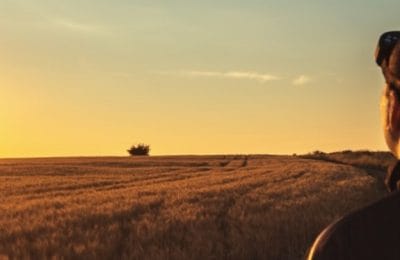Brazil is among the five most milk-producing countries in the world. The states with the highest production are: Minas Gerais, Rio Grande do Sul, Paraná and Santa Catarina. In the last IBGE census in 2017, the country had a herd of 11,506,788 milked cows, in a total of 1,176,295 agricultural establishments producing cow’s milk.
In addition to ensuring sustenance for these diverse families, milk is a food rich in vitamins and minerals that provide good nutrition in human diets. Milk is a safe and nutritious food, and to comply with this, some standards must be followed within the properties.
According to MAPA regulations, the total bacterial count (CBT) limits of raw milk refrigerated in the tank are 300,000 and the somatic cell count (SCC) is 500,000. Maintaining these values can often be one of the challenges on dairy farms, so here are some points that can help control these two parameters:
- CBT control begins with cleaning the animals’ teats, therefore, pre-dipping must be used to clean and disinfect the teats. Avoid using water as much as possible at this time, as it can be a means of contamination.
- Wash the milking equipment every day after finishing milking, using acid, alkaline and sanitizing detergents, in the following order: rinse with clean water, alkaline detergent with water at 70°C, alkaline detergent and sanitizer 30 minutes before milking. milking.
- Keep the milking equipment up to date, change hoses according to the manufacturer’s recommendations.
- Ensure that the milk is refrigerated at 4°C within 3 hours after milking, this will ensure good conservation of the product.
CCS is related to cases of mastitis present in the herd, so to maintain its values within the ideal range, it is important to have an effective mastitis control plan on the property, and the main points are:
- Correct diagnosis of cases, for this, carry out the black bottom mug test every milking in order to identify the presence of lumps in the milk. Use the CMT test to diagnose cases of subclinical mastitis and perform an individual CCS test, which helps in diagnosing animals with mastitis and monitoring the presence of the disease.
- Perform milk culture on recently calved cows, animals positive for CMT and all clinical cases (animals that present lumps in the milk), it is important in the group of recently calved animals that it is respected at least one week after birth so as not to interfere with the result . Milk culture will identify the pathogens that cause mastitis that will be affecting the property, and with this it is possible to make more assertive decisions for treatments and prevention. It is important to milk separately the batch of animals that have mastitis, in order to avoid new contamination in the herd through the milking equipment.
- Using pre and post-dipping, pre-dipping has the function of eliminating bacteria that are on the ceiling surface, thus avoiding contamination. Post-dipping works as a protective barrier for the teat after milking. This way, both help control mastitis.
- Use paper towels to dry the animals’ teats, one sheet of paper for each teat, to avoid contamination.
- Providing animals with a dry and clean environment will reduce the number of cases of contamination.
- Using dry cow therapy and sealant, the use of dry cow therapy helps control mastitis and the sealant serves as a protective barrier on the teat. In other countries, selective dry cow therapy has already been adopted. In Brazil, we still use this tool, but one of the future steps will be this. Perform milk culture on animals before drying and use dry cow treatment only for animals that present problems, the others only use sealant, thus reducing the use of unnecessary antimicrobials. But before properties adopt this system, it is necessary to have good control of mastitis throughout the lactation period.
These are some tips that can help producers put together their CCS and CBT control plan, but remember that it must always be formulated to meet the individualities of each property and thus guarantee the production of safe food.
—————————————————————————————————————————
? Discover the definitive method to transform your ? farm into a safe and profitable business:
▶️ Register NOW at the link ? http://bit.ly/SIA-Total
?️ Date: 07/06/2021.
? Time: 20h.




